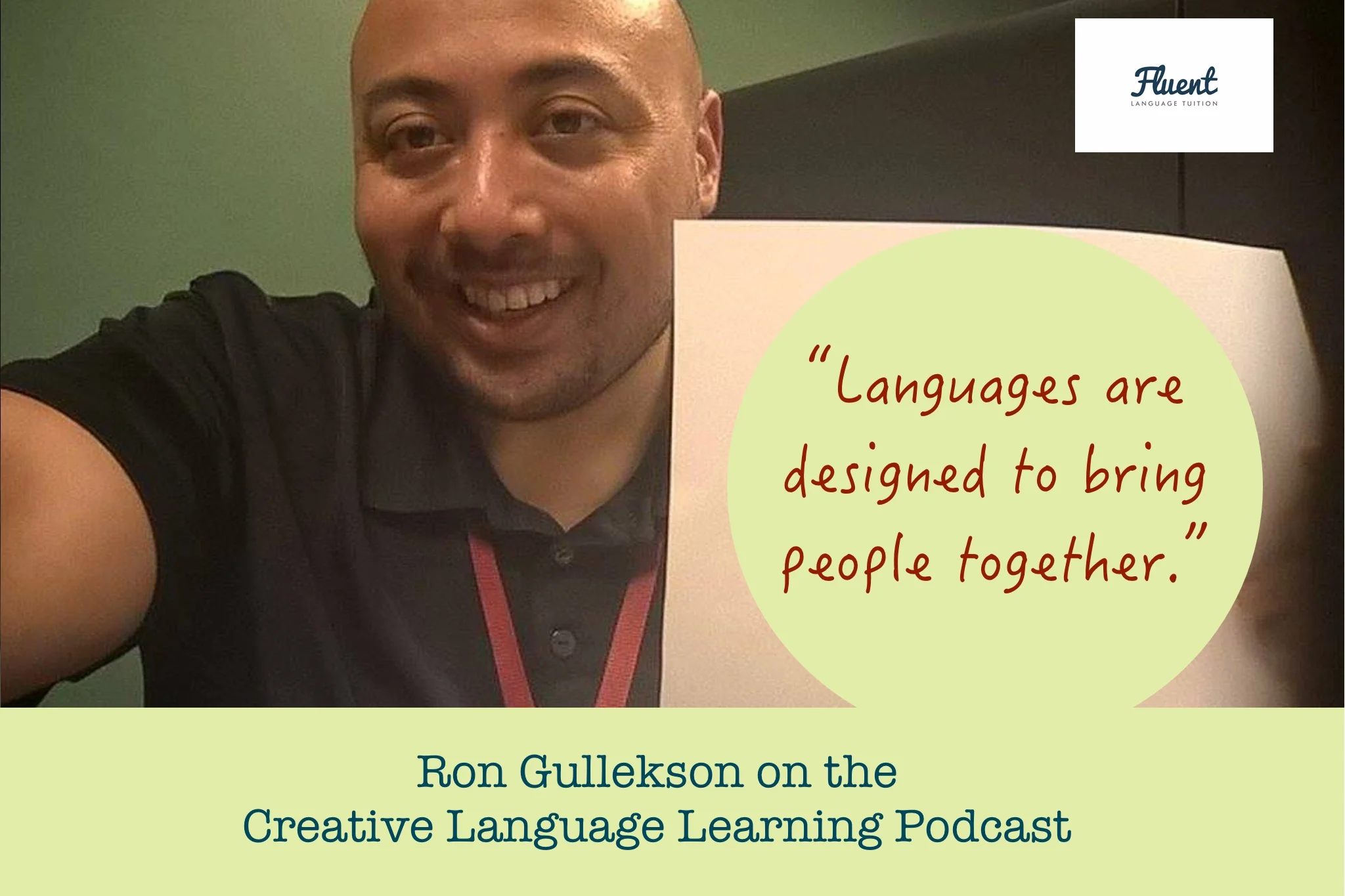In episode 21 of the podcast, I'm flying solo! This episode is a shorter version of our usual podcast. A snack size, so to say. I've been so busy creating, promoting and talking about Speak German like a Native that there was little time to do anything else.
But Wait! Here's What I Just Had to Tell You
You language learners and your goals.
You all say you're going to be efficient and effective and committed, and then I ask you what your goals are in the Summer Giveaway and 150 people say get fluent.
Me language learner and my goal!
When I was asked about my short-term language learning goal recently, I wasn't much better. In my language tag video on YouTube, I shared my short-term goal for Welsh..except I had no idea what my short-term goal is! I managed to say "I want to have a conversation", but is that really any better? I don't think so.
So in this podcast, I collected five great tips to help you and me become better goal setters in language learning. Listen to the episode to find out why your language learning goals suck and how to make better ones.
My Improved Goal for Welsh
My next short-term goal for learning Welsh is much clearer now. It is a mini one, nothing particularly large, and it doesn't follow all the rules outlined in the podcast. This is difficult stuff, yo, especially since I seem to have chosen a REALLY unpopular language to learn.
As such, the goal is this:
I will listen to episode 3 of Say Something in Welsh and write down all new vocab in my notebook by Saturday.
I'd love to hear your new and improved goals, especially if you're guilty of "my goal is fluency". Share them in the comments for feedback!











